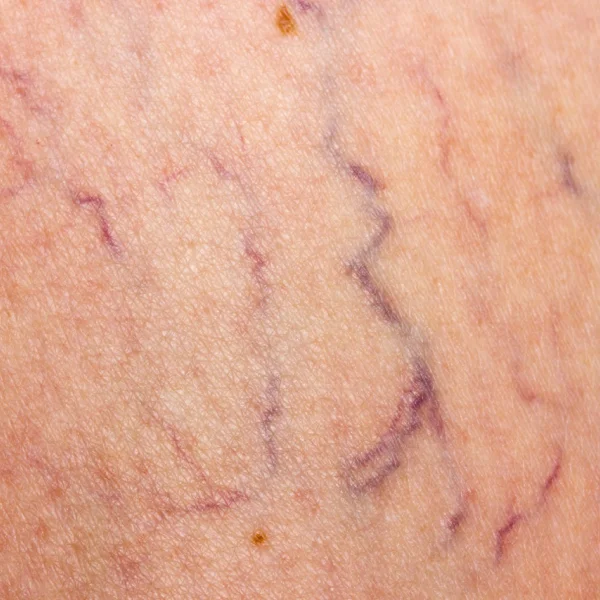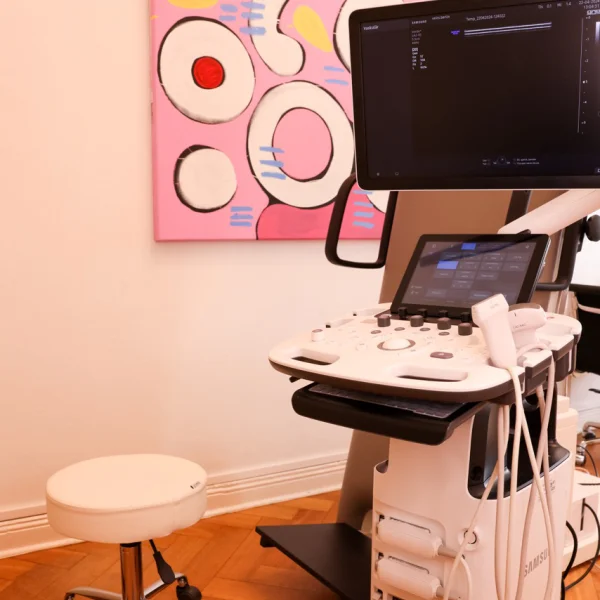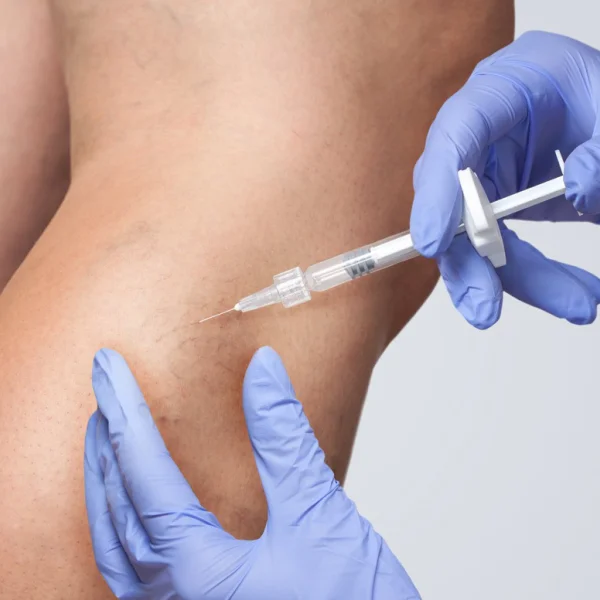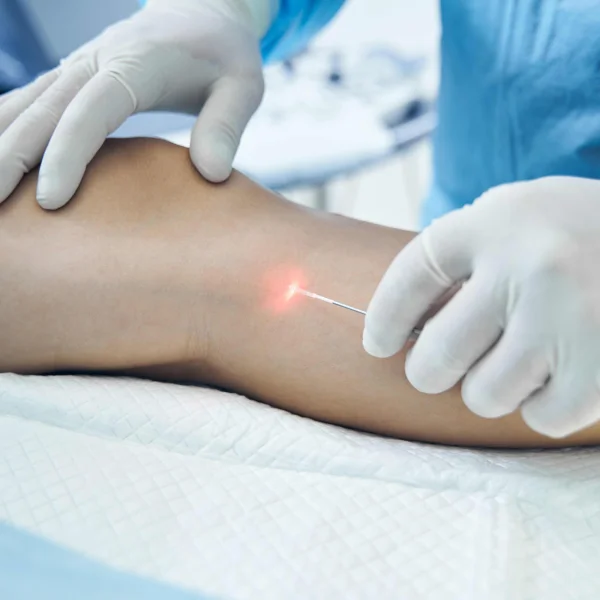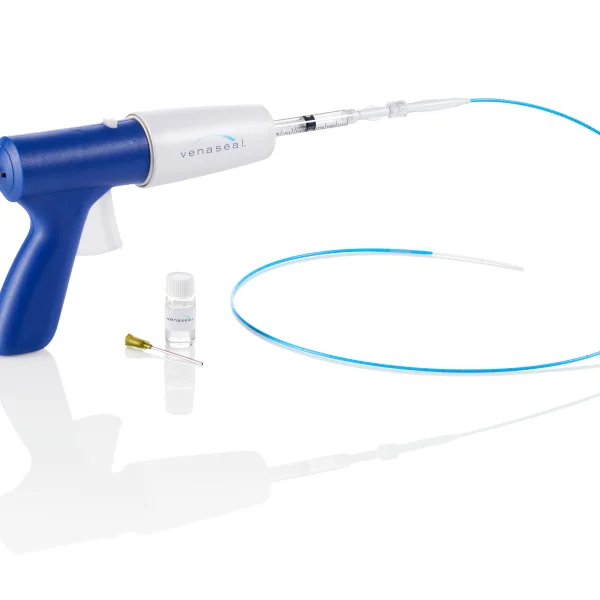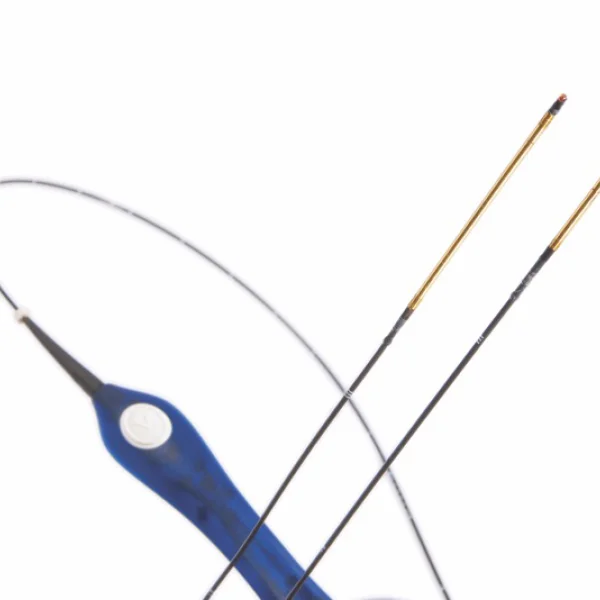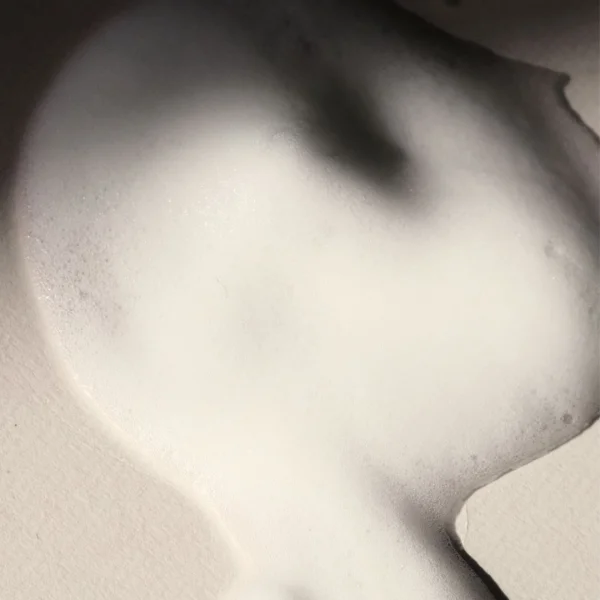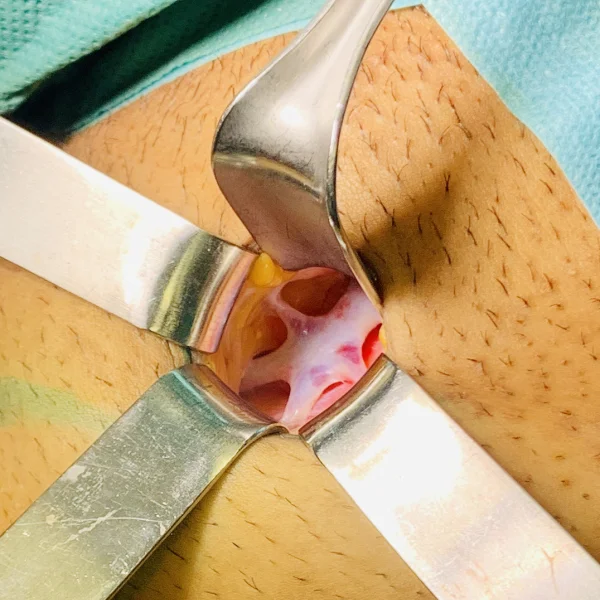Spider Veins
They usually occur at multiple locations simultaneously and have a reddish or bluish appearance.
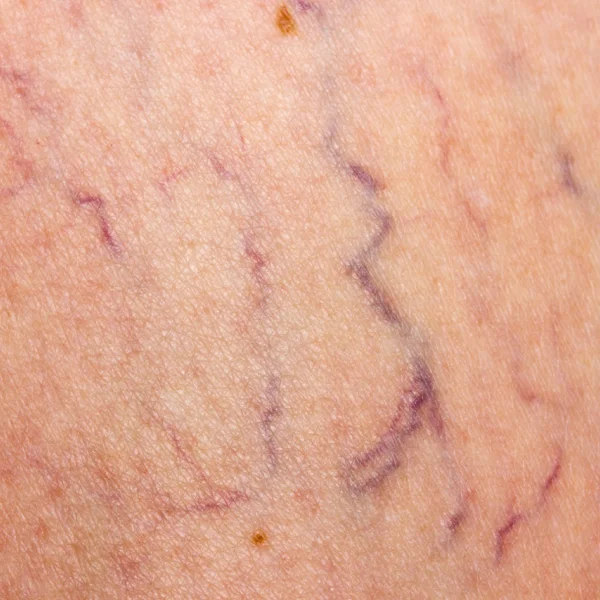
Primarily, harmless spider veins present an aesthetic-cosmetic problem that leads patients to seek a phlebologist. However, a spider vein varicosis can also always be an indication of an emerging or manifest vein disorder, such as chronic venous insufficiency or varicose vein disease.
Spider veins (medical term: telangiectasias) often resemble a spider's web or small, branching nests (like a broomstick).
This is why the German term "Besenreiser" and the English term "spider veins" are derived. Medically, spider veins are considered a type of varicose veins, which is why phlebologists refer to them as spider vein varicosis. If the spider veins are severely enlarged and protrude from the skin's surface, they are referred to as reticular varices or reticular varicosis.
Spider veins are a widespread condition affecting both women and men. Approximately 60% of adults in Germany have spider vein varicosis. This condition is mostly asymptomatic (without symptoms), but can also be associated with discomfort such as pain, tired or heavy legs, skin discoloration, itching, swelling, or bleeding.
Typically, spider veins occur in localized areas on the legs. Common sites (predilection areas) include the ankle region, the inner and outer sides of the thighs, and the knee area. However, they can appear on the entire body, especially in the abdominal and chest areas or on the face.
As we age, collagen fibers break down, and connective tissue weakens. Particularly during hormonal changes (puberty, pregnancy, menopause), weight gain, or even trauma (e.g., bumping into a table corner), the formation of spider veins can increase.
Spider veins can affect anyone, regardless of age, weight, or gender.
How are spider veins diagnosed?
If you have spider vein varicosis, it is definitely advisable to undergo a vascular check-up with a phlebologist.
Since spider veins are visible to the naked eye, the phlebologist can diagnose them through a physical examination. Your individual medical history and family history provide additional insight into a potential cause and the genetic predisposition of your condition. If your parents or other family members suffer from a vein disease, your likelihood of developing a vein disorder is significantly higher.
With duplex sonography (ultrasound examination), we can visualize your deeper leg veins and perform a careful functional examination of the arteries, deep leg veins, main veins, and perforating veins to diagnose a possible cause of your condition.
